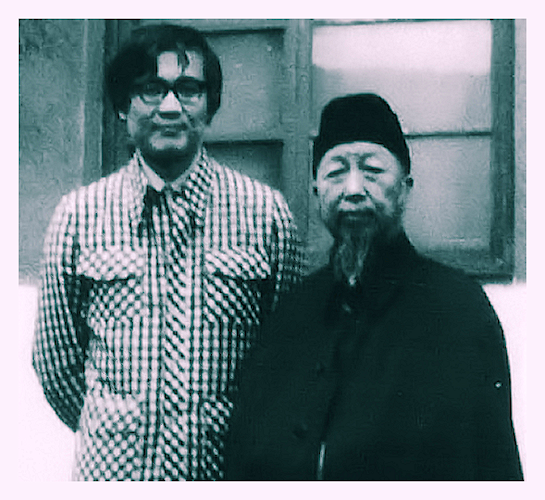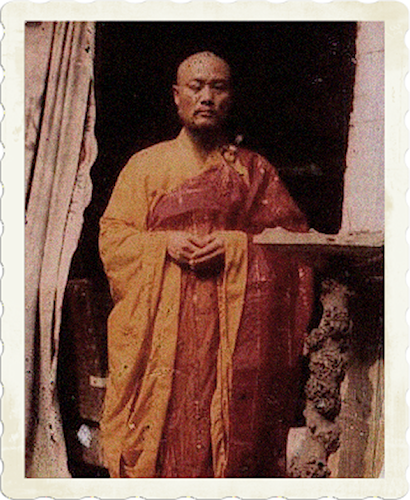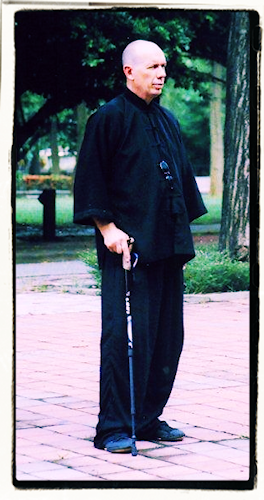

TaiJi originated in the south of ancient China and is a combination of Taoist Meditation and Martial Arts movements. It made its way down through the history of the Empires, the Chinese Civil War, the Cultural Revolution, the subsequent Taiwanese Diaspora and the transplantation to America and the rest of the world. Today, the art is a world treasure.
A natural and fundamental part of all cultured Chinese families, TaiJi was as varied as the family lineages that fostered and matured it. Huang family TaiJi varied from Chen; Yang varied from the Wu, etc. "Marketing" has become as much a part of China as the rest of the world, and "styles" have arisen, competing for attention and "shelf space." Temple Style As each "style" attempts to conquer its siblings, the illusion of separateness has developed. In truth, it is one ancient art, separated by the vagaries of the teachers, the families, the regions and the politics. Tao Gong, Chi Gong, Lee Hueh Ba Fah, TaiJi Quan, Shing Yi, Bagua Zang -- are all parts of the one great art. Today, there is no one person that encompasses all of TaiJi.
While there are distinctions of speed, size, sophistication, focus and lineage; TaiJi can generally be said to be more soft, internal and fluid, while Kung Fu, its Northern brother, is more generally hard, fast and angular.
The Temple emphasis puts comparatively more attention on standing and single form meditation and the accumulation and cultivation of Chi -- the Life Energy. As Chi accumulates, so do the benefits it brings: health, life and vitality. While it is a "well concealed martial art," TaiJi does have substantial applications for self defense.
"TaiJi" means Supreme Ultimate Polarity - the combination of two opposites: Yin/Yang. A "TaiJi" is a single thing composed of two matched opposites: Salt/Pepper. Old/Young. Hard/Soft. Fast/Slow. TaiJi Quan refers to Supreme Ultimate Polarity Boxing. Temple Style TaiJi not only teaches the classical Yang 108 "Long Form" style, but also "Single Form," Two Person Practice, Rolling Hands and Chi Gong.
Lineage
Our forebears (the ones we know) were Professor Chen Man-Ching, the Dharma Priest Fah-Su, Master Waysun Liao, and Master Ronald Hoffmann. While the pictures of Elder Teachers (deceased) grace so much of TaiJi literature, we have decided to show only the photographs of people we have actually met or those who met our teachers (two generations).

Master Waysun Liao with
Professor Chen Man-Ching

Dharma Priest Fah-Su

Master Ronald Hoffmann
